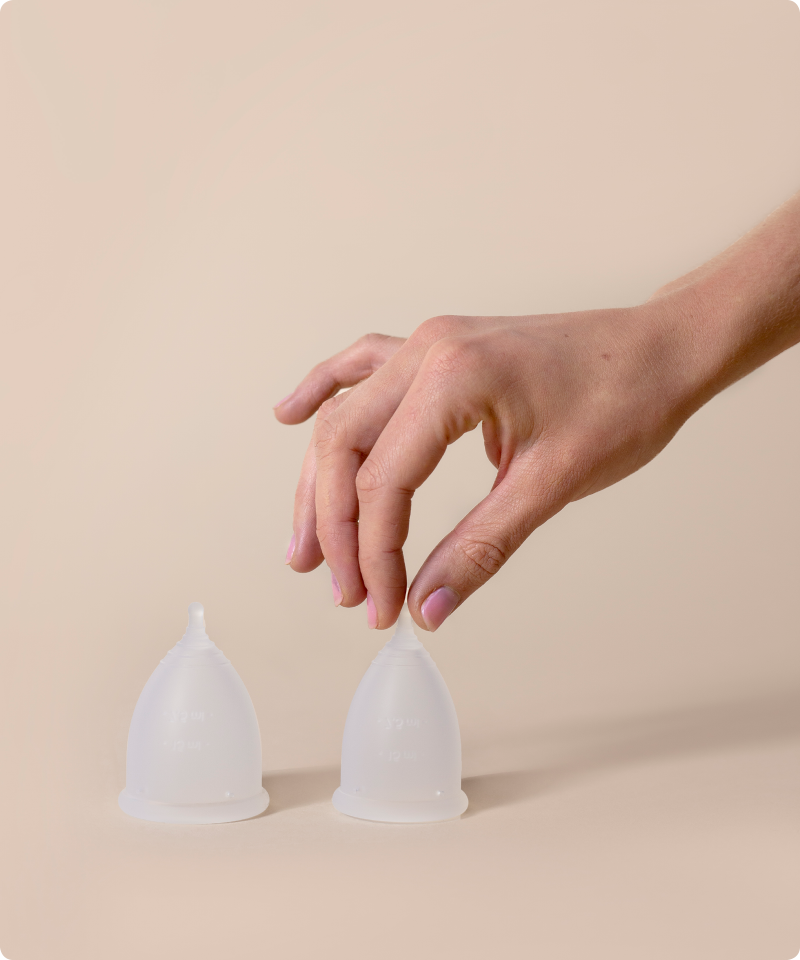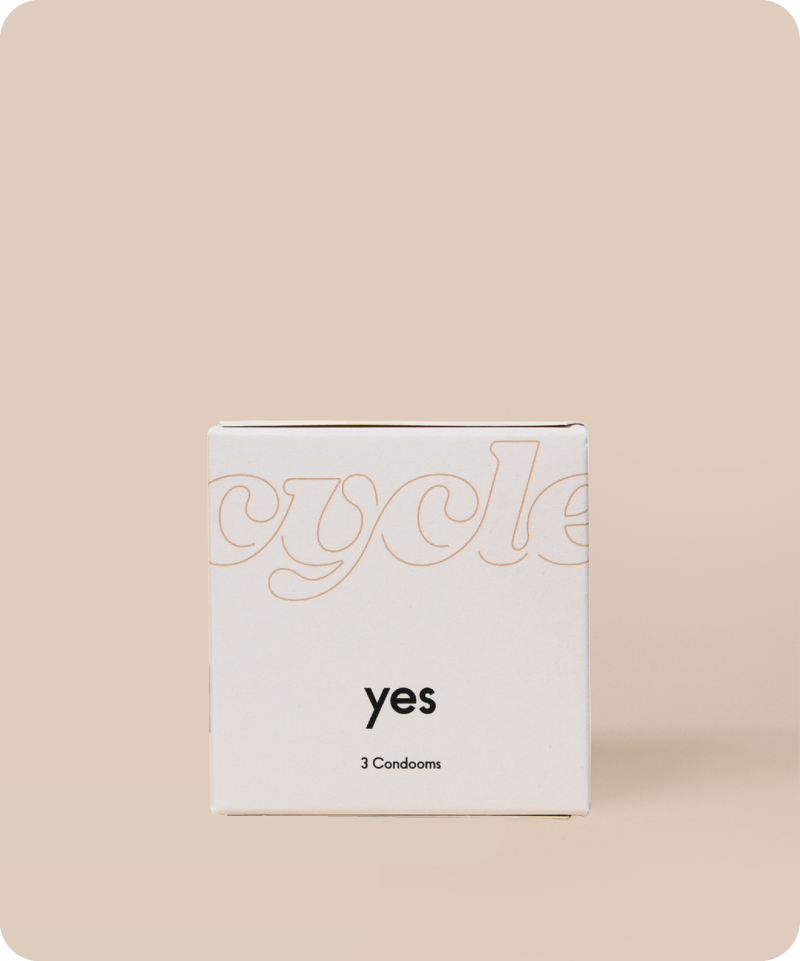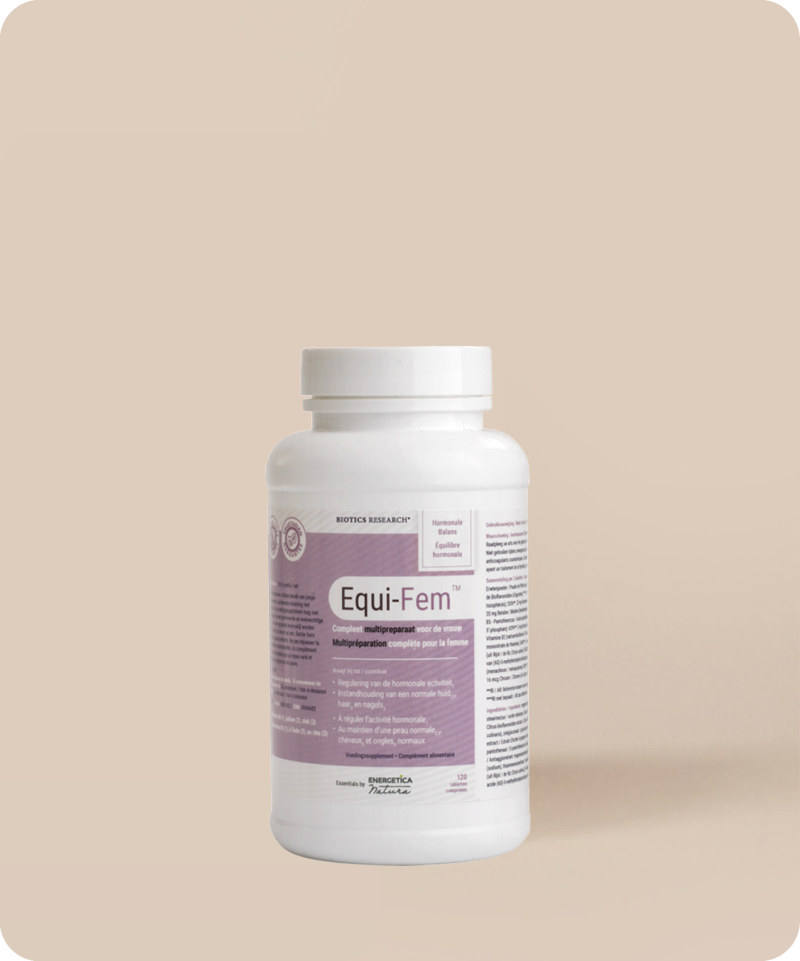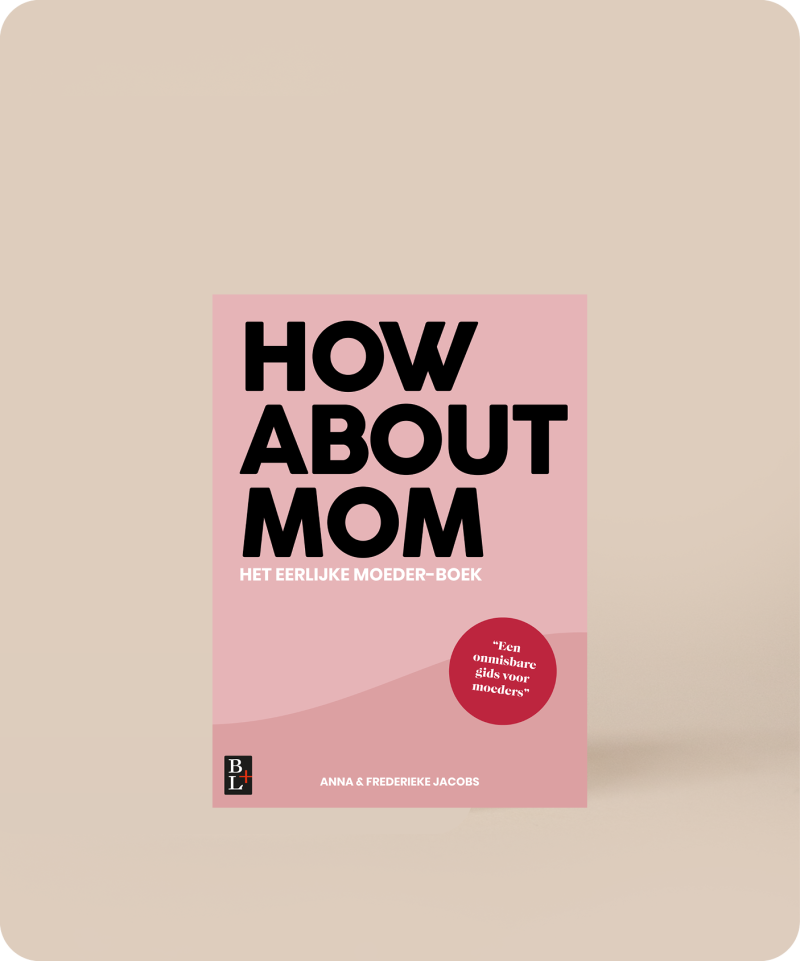Blood clotting disorders: a frequently missed cause of heavy menstruations
Heavy menstruation with blood clotting is not uncommon. It can be temporary, for example after giving birth or during perimenopause. However, it's possible that you've always found large blood clots in your underwear during your period. In that case, a blood clotting disorder might be the cause.
What is a blood clotting disorder?
Blood clotting is the way and speed at which blood coagulates and hardens. You can see it happen when you get a papercut in your finger, for example. If everything is working properly, it won’t continue bleeding forever, but the blood will eventually begin to get lumpy and hard. That’s what we call blood clotting. Blood clotting is caused by proteins inside of the blood vessels and the blood itself. These proteins make the bleeding stop by causing clotting, and they also ensure that the clotting stops again (that’s what we call fibrinolysis). This process of clotting and fibrinolysis is what we call the coagulation cascade.
In blood clotting disorders, your blood doesn’t coagulate quickly enough. This causes you to bleed more quickly and for longer periods of time.
Suffer from extreme blood loss?
Something can be done about that
Read More
What causes blood clotting disorders?
The process of blood clotting is a complicated one with many steps. Something could go wrong in any one of these steps. For example, there could be too little protein, or protein that has the wrong shape, which means it doesn’t work as well. In that case, the coagulant isn’t produced properly or is broken down too quickly. Because of all of these variations, it can be difficult to determine if something is wrong, and if so, what exactly is wrong.
Von Willebrand disease is the most commonly occurring blood clotting disease in women. This disease affects 2% of the general population, but up to 20% of individuals who suffer from periods with excessive blood loss. In this disease, the Von Willebrand factor (VWF) doesn’t work properly. This is a coagulation protein that causes the blood platelets in the blood to clump together and create a clot.
What are the symptoms of a clotting disorder?
Heavy menstruations with blood clots are a symptom of a clotting disorder. These heavy menstruations begin from the very first time that someone has their period and don’t decrease in intensity as time goes on. People with an underlying clotting disorder often pass many (large) blood clots during menstruation. It ‘flutters’ out through the vagina, so to speak. Someone who doesn’t have an underlying clotting disorder will of course lose blood, but won’t have as many clots.
Other symptoms are easily getting bruises, and bleeding from the mucous membranes. This could mean bloody noses, bleeding gums, or postoperative bleeding after having a tooth pulled. Small wounds will also clot less quickly. Another sign that something’s up is anemia.
Everything you need to know
about brown discharge
Read more
Who’ll get it?
Blood clotting disorders occur in 2% of the population. Clotting disorders are often genetic disorders that run in families. It could also be a small DNA mistake. When it occurs in families, women will often have severe periods, and their daughters grow up believing that ‘it’s meant to be like that’. After all, both mom and daughter have periods with heavy blood loss and blood clots, so it’s easy to think that that’s normal. But it isn’t!
When do you go to the doctor?
First of all, it is important that the treating doctor properly listens to the patient's story. You can prepare yourself for the conversation by filling out a menstruation scorecard ahead of time and bringing it along to your GP or doctor. On this menstruation scorecard, you track your menstruation for a month. You can also do a self-test by filling out a questionnaire. This questionnaire will give you a score. A score of 5 or more means that there is a high risk of an underlying clotting disorder.
After hearing the patient’s story, the GP could decide to first do a blood screening. In this pre-screening, the iron levels, clotting time, blood type, and number of blood platelets are measured. Knowing someone's blood type is important because clotting disorders are blood type dependent. People with blood type O have a slightly higher risk of it. The downside of being screened by a GP is that, after being drawn, the blood needs to be shipped to a lab. Because of transportation, there is a 30% chance of a false positive measurement of the blood clotting time. That means that it seems like the clotting time looks normal, though it actually isn’t. This often happens for minor clotting disorders, such as Von Willebrand type 1.
It’s possible to do a pre-screening by a GP, but the GP can also refer you to a gynecologist with knowledge about clotting disorders. You can also be referred to a hematologist, but in the case that that happens be sure that your gynecological disorders are also discussed. This could even be done in collaboration with a gynecologist.
What’s the treatment for a clotting disorder?
The lightest of clotting abnormalities can easily be treated. This concerns the largest number of people with such disorders. It’s often advised to begin taking the birth control pill to reduce the number of menstruations. A medicine that thickens the blood can also be prescribed. This is tranexamic acid, and the medicine that contains it is called cyklokapron.
A clotting abnormality must be diagnosed as early as possible. It’s very useful to be aware of it in case of a pregnancy or operation. In those cases, you’ll often be prescribed preventive medicines so that no severe bleeding happens during the operations or birth.
In consultation with you, the gynecologist will decide what treatment will work best for you. It could be a hormonal treatment such as taking the pill or getting an IUD, medicines that thicken the blood, or a combination of both. You’ll often take these medicines up until the menopause.
If you struggle with a heavy menstruation with blood clots, go to your GP. This is how you can prepare yourself before the conversation:
Keep a menstrual score card for 1 month.
Do a self-test
Ask for a pre-screening of your blood by being tested for HB (hemoglobin), thrombocytes, activated partial thromboplastin time (APPT), partial thromboplastin time (PTT), and iron levels (ferritin)
If the results show that the coagulation time is normal, but you continue to suffer from symptoms, ask for a referral to a gynecologist. Lab results aren’t everything!
*In severe clotting abnormalities, treatment is much more complicated. Someone who is part of the small group that suffers from this might have such an excessive amount of blood in their abdomen during ovulation that they require a blood transfusion. Thankfully, this very severe form of a blood clotting disorder doesn’t occur as frequently.
Photo credits: Berlin_Boudoir


























